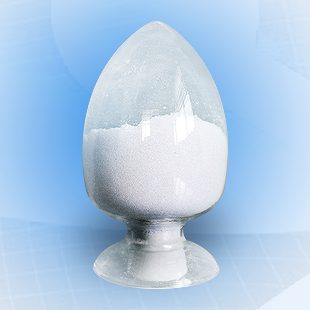| Message: | Description:
Androstenedione (Steroids)
Another name: 4 - androstenedione; 4 - male (steroid)-ene -3,17 - dione;
CAS No: 63-05-8
Molecular Formula: C19H26O2
Molecular Weight: 286.41
Molecular Structure:
Packing: 5kg (aluminum cans)
Specification: 99% Heavy 10PPM Rotation +193 ¡ã - +202 ¡ã Loss on drying 0.5% impurity 1% steroid hormone
Characters: near white crystalline powder, soluble in ethanol, insoluble in water
Uses: Simplified hormone drugs, from the testis or urine extracted with the role of a male hormone steroids, norethisterone, testosterone propionate in the middle
Body, is widely used in small rheumatoid arthritis, diuretic, and a variety of contraceptive to control infectious inflammation.
Applications:
Androstenedione is the common precursor of male and female sex hormones. Some androstenedione is also secreted into the plasma, and may be converted in peripheral tissues to testosterone and estrogens.
Androstenedione can be synthesized in one of two ways. The primary pathway involves conversion of 17-hydroxypregnenolone to dehydroepiandrosterone by way of 17,20-lyase, with subsequent conversion ofdehydroepiandrosterone to androstenedione via the enzyme 3-hydroxysteroid dehydrogenase. The secondary pathway involves conversion of 17-hydroxyprogesterone, most often a precursor to cortisol, to androstenedione directly by way of 17,20-lyase. Thus, 17,20-lyase is required for the synthesis of androstenedione, whether immediately or one step removed.
The production of adrenal androstenedione is governed by ACTH, whereas production of gonadal androstenedione is under control by gonadotropins. In premenopausal women, the adrenal glands and ovaries each produce about half of the total androstenedione(about 3 mg/day). After menopause, androstenedione production is about halved, due primarily to the reduction of the steroid secreted by the ovary. Nevertheless, androstenedione is the principal steroid produced by the postmenopausal ovary.
|
 my account
my account
 log out
log out
 my account
my account
 log out
log out
